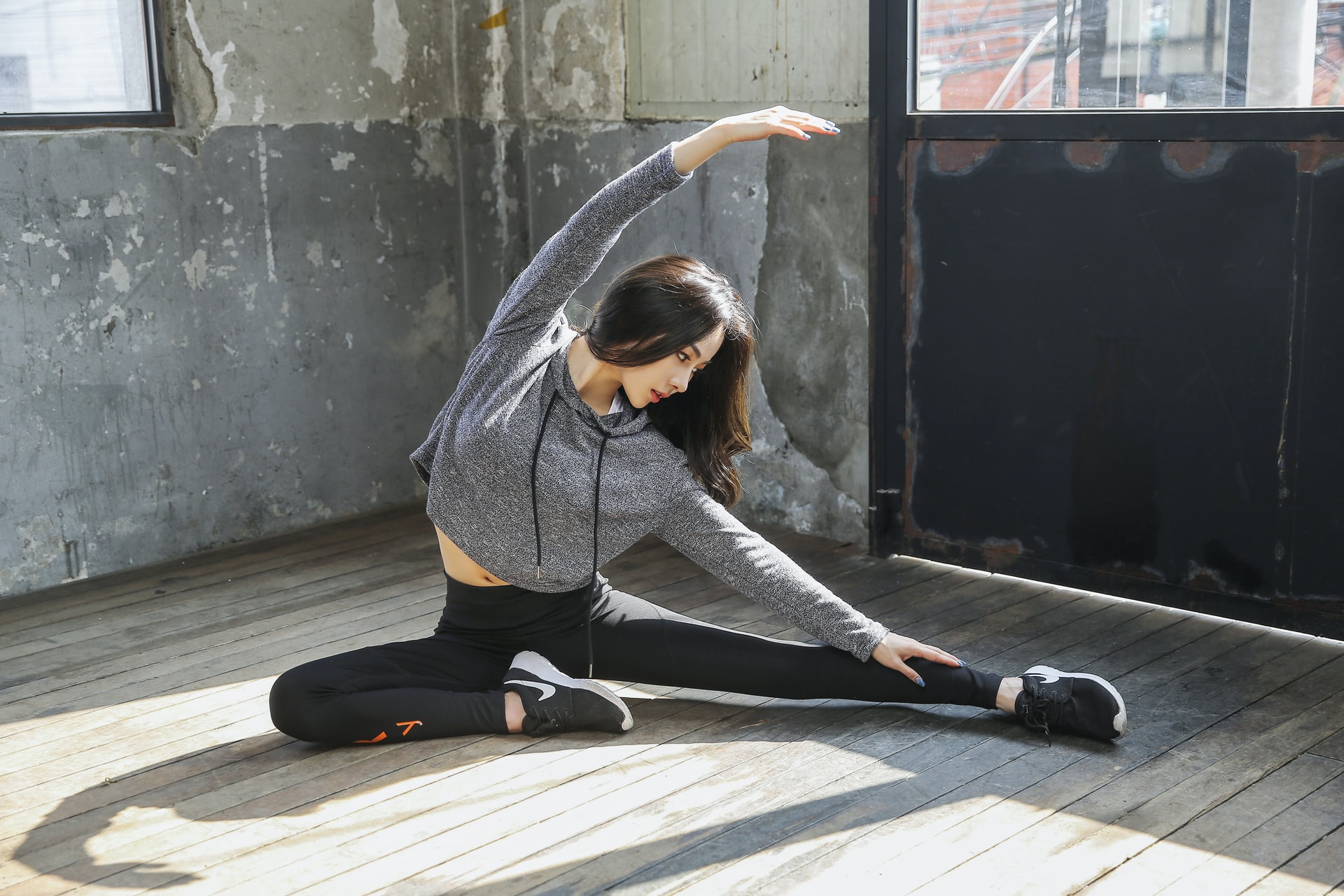 I’m a big believer that, on many of the world’s most pressing issues, most people sort neatly into one of two camps: Coke vs. Pepsi. Boxers vs. Briefs. Pets vs. Anti-Pet.
I’m a big believer that, on many of the world’s most pressing issues, most people sort neatly into one of two camps: Coke vs. Pepsi. Boxers vs. Briefs. Pets vs. Anti-Pet.
I feel the same way about warmup exercises (a.k.a. icebreakers). These are games or activities that are used right at the start of any sort of training session to introduce people to one another so that they feel more relaxed.
Some people absolutely hate them. A good friend of mine, who is otherwise quite gregarious, once told me that if someone asked him to do a creative exercise at the beginning of a meeting, he would run out the door.
I’ll never forget the time an economist stood up at a conference and said that presenting a paper without a slide deck was like presenting a paper with your fly down. It’s sort of like that for those of us who deliver workshops for a living. Creative warmups are a must. This is especially true if you are doing online delivery, which adds an extra layer of discomfort for many participants.
I draw a lot of my warmups from assorted improv and creativity courses I’ve taken over the years. Sometimes, I have people introduce themselves using an adjective that begins with the same letter as their first name – i.e., “Delightful Delia.” We go around the room twice in order to reinforce our new nicknames, and then see how many people can remember those names when we go out of order. You’d be surprised how much the adjectives help make names stick for subsequent exercises.
Another favorite warmup is to ask people to take 30 seconds and draw something unique about themselves and share it with the group. If my workshop is happening late in the afternoon, I might have everyone stand up and shake their arms and legs to a collective count of 8 then 4 then 2 then 1. Even with the most introverted audiences – (I work with a lot of academics, who tend to be shy) – I always manage to get people smiling by the end of these exercises.
But as this article on creative warm-ups written by the design and innovation company, IDEO, notes, warm ups aren’t just about introductions. They help people switch off of “work mode.” They also build confidence. I deliver a lot of workshops on public speaking, a skill that makes some people uncomfortable. The warm up is the ideal place for participants to “fail safely” early on, so that they are loosened up before the real thing.
Above all, as the IDEO article notes, warm ups reveal our shared humanity. When asked to do a “silly walk” (building off of the famous Monty Python “Ministry of Silly Walks” sketch), even the most buttoned-down corporate executives let their proverbial hair down. That does wonders for building an atmosphere of experimentation, which is what a workshop should ideally be all about.
Nor do you have to be a professional facilitator to use ice breakers. Teachers can use them to get children ready to learn. Team leaders can use them to foster collaboration and problem-solving on an away day. Volunteer groups can use them to build trust amongst strangers.
Examples abound. Here’s a list of questions you can try. Here’s a list of warmups that work particular well in virtual settings. Here are some terrific energizers for face-to-face meeetings.
My my good friend and creative facilitator extraordinaire Gwyn Wansbrough recently opened a session by asking all of us to name something we were noticing for the very first time from wherever we were sitting. That’s no small feat for those of us who’ve been parked in the same home office/bedroom/cloffice for the past year or so. But as she said it, I noticed some dust on the blades of my fan that I’d not yet seen observed from that particular angle. It was the perfect warmup to getting us to look at things from a different perspective.
So the next time you’re in the hot seat and running a meeting, try out an icebreaker. You may just discover that your own silly walk is dying to get out there and strut its stuff.


